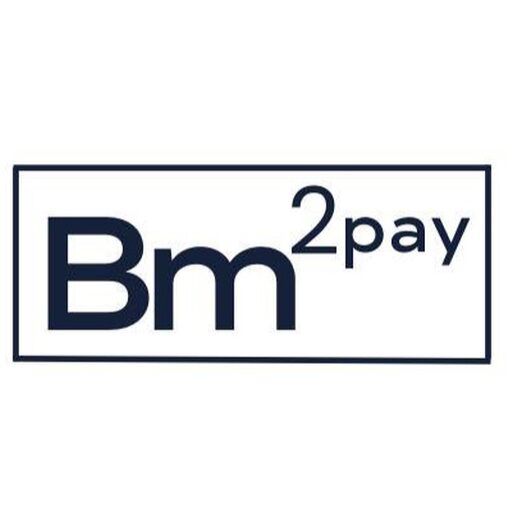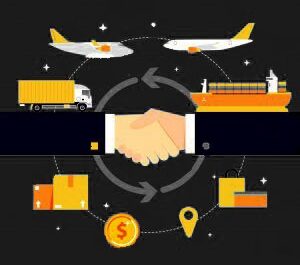While recent research indicates that e-commerce in Latin America is small when compared to the US and Asian markets, there is amazing potential for growth. By 2022, global revenue for online sales in LATAM is predicted to reach $94 billion.
The expected boom is mainly due to greater Internet connectivity, upgraded broadband infrastructure and the ubiquity of smartphone use. As it stands today, two out of three Latin Americans have Internet. Last year, 27.5% of all online purchases were done with a mobile phone.
Worldline’s research states that the average age in LATAM is a bit under 30. This means that e-commerce retailers should target a younger audience that uses social media, and particularly Facebook and Instagram, as a matter of course. Just for example, in Brazil these two social media channels together feature a penetration level of almost 70% among internet users.
The key issue of payments
The Latin American purchaser has very clear opinions regarding preferred payment methods and online security. Due to the fact that there is a large unbanked population in the region, many locals prefer cash payments or local debit cards. LATAM purchasers want to see prices displayed in their local currencies and feel secure that their personal data is not being breached when they pay online or via a mobile app.
Here is an overview of three key online markets in LATAM that are showing rapid expansion:
Brazil
Brazil is the largest e-commerce market in LATAM, and it accounts for nearly 32.8% of all regional retail sales. The Brazilian e-commerce segment is expected to reach BRL 79.9 billion this year, which constitutes a 16% growth year on year.
Brazilians use domestic payment methods for 90% of their online shopping. They pay with local credit cards, usually by installments. Another popular payment option is Boleto Bancario. This push payment method enables consumers to pay online, in cash at banks and ATMs, or electronically through online banking. This option appeals to local purchasers because there is no risk of chargebacks. Debit cards are gaining popularity due to the elimination of chargebacks and immediate payment confirmation.
Argentina
As of 2018, there were 17.46 million e-commerce users in Argentina and 30 million have access to Internet. An estimated 22.5 million individuals use a smartphone and 16.8 million shop online. Google, Facebook and YouTube are the most popular social media channels. The online market has been growing steadily and it is predicted to reach $10 billion by 2021. Argentine e-shoppers mostly purchase clothing, shoes and personal lifestyle items, as well as home and garden products.
Over 40% of Argentinian e-commerce transactions are via cards. Visa and Mastercard are the most common cards, followed by American Express, Diners Club, and the local schemes Tarjeta Naranja and Cabal. Cash-based methods like RapiPago and PagoFacil make up 44% of online payments. Most prepaid cards are bought in kiosks for cash. To complete a purchase, the buyer prints out a receipt and pays at locations that accept this type of payment.
Colombia
Colombia is LATAM’s fifth largest e-commerce market, with 65% of Colombians connected to the Internet as of last year. In 2018, there were 34.3 million smartphone users in Colombia. Some 87.8 million online transactions were carried out last year, moving $17.8 million in electronic transactions. Easier access to the Internet, particularly via smartphones, and an expansion in online services, such as banking and online payment services, are the key factors driving growth in Colombian e-commerce. Nevertheless, 94% of Internet users still prefer computers to make purchases, while 49% use smartphones. The most popular products bought online are electronics and computer products, fashion, entertainment and travel.
Cash on delivery and bank account debit are very popular payment methods due to low credit card penetration rates in Colombia. COD accounts for 40% of purchases. The younger generation uses social media like Instagram to make purchases online.
Avoiding the pitfalls
While these three markets are set to boom, it is very important to understand your customers’ purchasing mentalities and payment preferences at each location before jumping in.





